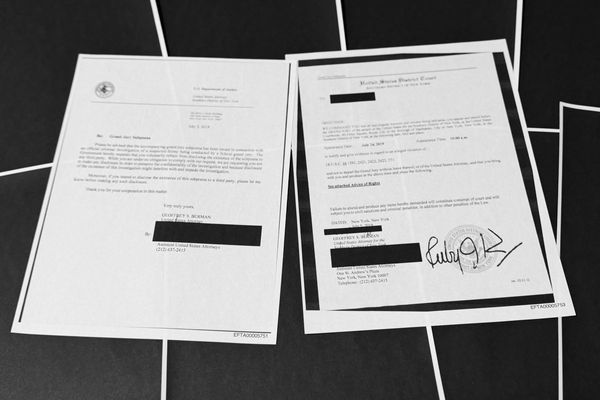
This roundup of claims has been compiled by Full Fact, the UK’s largest fact checking charity working to find, expose and counter the harms of bad information.
AI-generated and miscaptioned footage and images have been going viral on social media as the Israel-Iran conflict continues. In the last few days Full Fact has seen at least a dozen examples of such posts circulating widely.
Both countries have launched multiple strikes against each other following Israel’s attack on Iranian nuclear and military sites last Friday.
We increasingly see AI-generated content shared online in the wake of major breaking news events. And while we can’t always definitively say where a video or image comes from, several which we’ve fact checked in connection with the current conflict were almost certainly created with AI.
For example, one video of a bombed city has been shared with claims it shows “doomsday in Tel Aviv” in Israel. However, the same footage was previously shared on May 28, before the recent strikes between Israel and Iran. And there are clear signs suggesting that it was made using AI – for example, two cars approaching each other at a T-junction in the top left corner appear to merge into one, while other vehicles in the video also become glitchy and blurry as they move.
An image of destroyed planes has been shared with claims it shows damage caused by Iranian strikes on Tel Aviv’s airport. But, using reverse image search tools, Full Fact traced the image to a (since deleted) video which appeared to have been generated using AI tools. There are visual glitches in the rendering of the plane at the forefront of the image, with portholes along the cabin appearing in a gap where a section of the plane is missing.
If you’re wondering if a video clip is AI, one tip that’s worth noting is that some social media posts share versions of footage that are much more grainy and blurry than the original, making it difficult to identify signs of AI. So it’s always worth looking for clearer versions by searching key frames of footage using tools such as TinEye or Google Lens.
When there’s a lot of interest in a global news story it’s also very common for us to see old or unrelated video or photos passed off as something they’re not – and again, Full Fact has seen multiple examples of this in recent days.
Footage of what appears to be a drone causing an explosion in a built-up area has been shared with claims it shows an Iranian drone strike on Tel Aviv. However, it actually shows drone attacks on Kyiv in Ukraine in October 2022. The version being shared recently appears to have been horizontally flipped, which is something we often see when mislabelled images and videos are circulated.
A video being shared with claims it shows recent protests against the regime in Iran is also old. It’s actually footage from protests in Iran back in December 2017.
And a picture shared on social media doesn’t show, as claimed, an Israeli female pilot who has been captured in Iran. It’s actually a photo from several years ago of a Chilean naval aviator.
Misleading information can spread quickly during breaking news events, especially during periods of crisis and conflict. So before sharing content that you see online, it’s important to consider whether it comes from a trustworthy and verifiable source.
Full Fact has a toolkit with practical tips anyone can use to identify bad information, as well as specific guides on how to spot misleading images online, how to fact check misleading videos and how a fact checker spots if something is AI.
Did inflation drop last month?
New data published on Wednesday by the Office for National Statistics (ONS) shows that inflation stood at 3.4% in the 12 months to May 2025.
But different media outlets reported this figure in different ways – some claimed inflation had “held” at 3.4%, while others said “inflation falls slightly” or referred to a “fall” on the previous month’s figures.
The confusion is due to an error with April’s inflation figures. Last month, the ONS initially reported that the Consumer Prices Index (CPI) had risen from 2.6% in the 12 months to March 2025 to 3.5% in the 12 months to April 2025.
However, earlier this month it revealed that incorrect road tax data provided by the Department for Transport had had “the effect of overstating” April’s figure by 0.1 percentage point.
In other words, the true CPI figure for the 12 months to April 2025 should have been 3.4%, which would mean that the figure published for May is unchanged on the previous month, not a fall.
So why did some media outlets nonetheless report May’s figure as a drop? Well, despite the ONS acknowledging this mistake, the figures on its website won’t be updated. So the official figure for inflation in the year to April remains 3.5%, as noted in the ONS’ data release on Wednesday, even though it’s known to be an overestimate and based on incorrect data.
When we asked the ONS about this, it told us that its policy was that CPI figures “may only be revised in exceptional circumstances”, adding: “We have incorporated the correctly weighted data from [the] May figures, meaning no further statistics will be affected.”







